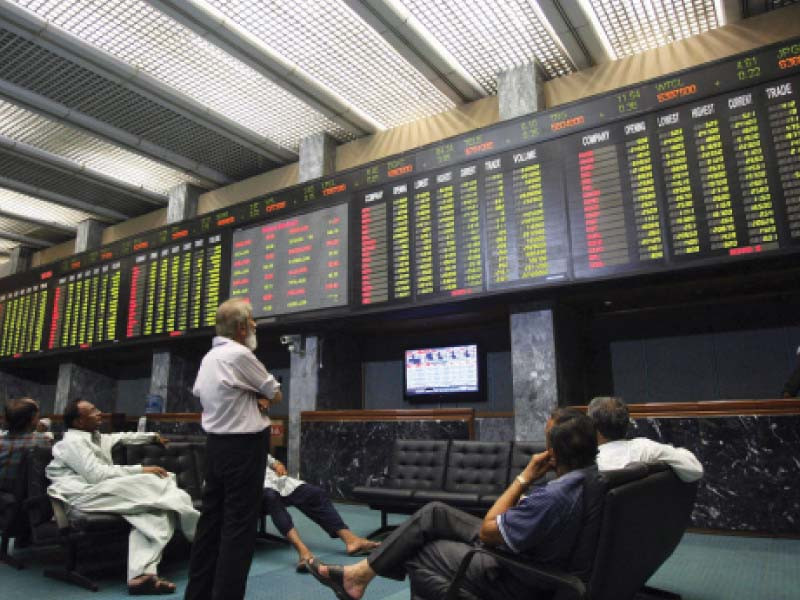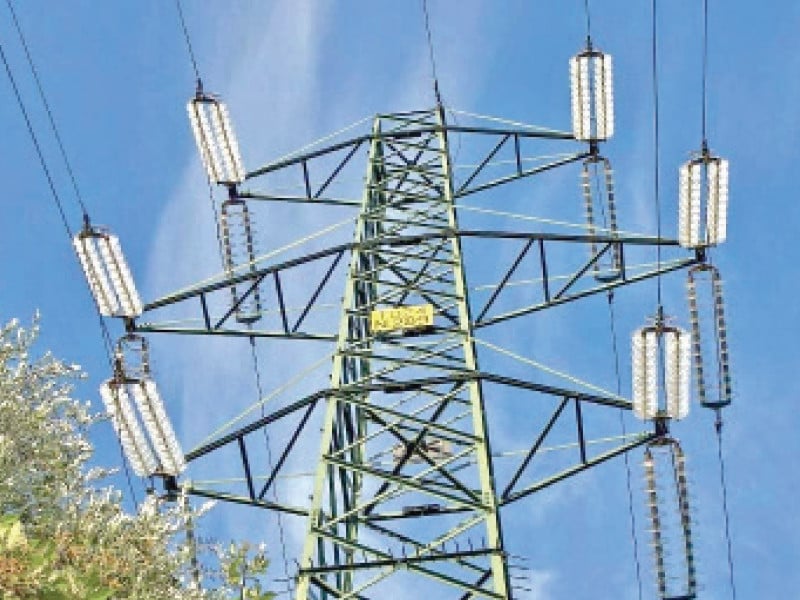Demonising and scandalising CPEC M Haris
ISLAMABAD:
From time to time, we come across propaganda unleashed against the China-Pakistan Economic Corridor (CPEC): that it is a debt-creating instrument, China is not keen to help Pakistan ride out its severe economic problems, and Beijing is using the corridor as a strategic ploy to put its stamp on the region. Such propaganda, however, is baseless.
In order to appreciate CPEC and its implications for Pakistan, we need to look at the bigger picture. CPEC is part of China’s flagship Belt and Road Initiative (BRI). Launched in 2013, the BRI, previously called One Belt, One Road Initiative, is the brainchild of President Xi Jinping, who sees a more active global role for his country in commensurate with its economic strength.
China is the world’s second largest economy, the largest exporter, the second largest importer and one of the largest recipients of foreign direct investment (FDI). Over the years, the hundreds of billions of FDI that China has received has been a significant contributor to its development.
China’s impressive economic growth over the past four decades has been export driven. The share of foreign trade in the country’s total economic output is around 40%, which is exceedingly high considering that as a rule large economies tend to depend less on foreign sales and purchases.
China sees increased cross-border trade and investment as important components of the BRI. In recent years, it has emerged as one of the largest sources of FDI. The trade competitiveness of a country in significant measures hinges on curtailing the cost of both domestic and overseas transactions by putting in place an efficient infrastructure.
According to a 2017 Asian Development Bank (ADB) study, the current infrastructure deficit is a serious obstacle to trade expansion and economic openness and that the Asian continent alone needs $26 trillion infrastructure related investment till 2030. That is the reason bridging the infrastructure gap forms the key component of the BRI. Putting in place the right infrastructure and building trade corridors also played a capital role in China’s own development saga.
Since China is a gigantic country, both raw materials and final goods have to be shifted from one part of the country to another over an enormous distance. That necessitated huge investments in overcoming transportation bottlenecks. China wants to replicate a similar model in the BRI, which would cut back significantly on the time and cost of the country’s foreign trade.
That’s the reason infrastructure development has been at the heart of the BRI. As an example, we may see how China is connecting itself with Europe, which is one of its largest trading partners, with bilateral trade reaching $1.21 trillion in 2023, through Central Asia and other countries along the way.
China has direct land borders with three Central Asian countries, namely Kazakhstan, Tajikistan, and Kyrgyzstan. It can reach the other two Central Asian countries, namely Uzbekistan and Turkmenistan, indirectly. The former via Kazakhstan, Kyrgyzstan, and Tajikistan, while the latter through Kyrgyzstan-Uzbekistan and via Tajikistan-Uzbekistan. Likewise, China can reach Iran through Pakistan as well as Turkmenistan, and Afghanistan through Pakistan and Tajikistan. China also has direct land borders with Russia.
Using its geographical location, China has established multiple rail and road corridors to ensure seamless and efficient trade with European and energy-rich Central Asian countries.
One is the China-Kazakhstan rail and road corridor. The second is the China-Tajikistan-Uzbekistan road corridor. The third is the New Eurasia Land Bridge, a rail corridor, which connects China with Europe through Kazakhstan, Russia, Belarus, and Poland. The fourth is the China-Central Asia-West Asia Economic Corridor, which connects China with Iran and Turkey through Kazakhstan, Kyrgyzstan, Tajikistan, Uzbekistan, and Turkmenistan.
The fifth corridor is called Trans-Caspian International Transport Route (TITR). It is a rail corridor through Kazakhstan, the Caucasus (Caspian Sea and Azerbaijan), Georgia, and Turkey to southern and central Europe.
Geographically, the TITR is the shortest route between Western China and Europe. It also enables China to bypass Russia, in the face of Ukraine war, to reach Europe hassle free.
China is not connected with Kyrgyzstan by rail. Road provides the only land link between the two countries. To overcome this irritant to bilateral and regional trade, a trilateral agreement on building the China-Kyrgyzstan-Uzbekistan railway was signed in Beijing on June 6 this year as part of the BRI. It is estimated that the planned railway will shorten the route between China and Europe by about 900 kilometres and cut freight transit time by eight days. The estimated cost of the project is $8 billion.
The above-mentioned corridors have enabled seamless operations of China-Europe freight rail in recent years, even during the difficult days of the Covid-19 and the turbulence caused by the ongoing Russia-Ukraine war. Currently, the freight trains connect 223 cities in 25 European countries and more than 100 cities in 11 Asian countries.
According to the data released by the Chinese government, since its start in 2011, the freight service has transported over 8.7 million 20-foot equivalent units containers carrying goods valued at more than $380 billion.
Hence, the China-Europe freight train is regarded as one of the biggest achievements of the BRI.
According to the Chinese government, between 2015 and 2022, Chinese FDI into BRI countries, including Pakistan, went up from $15 billion to $21 billion, and the value of contacted construction projects in these countries rose from $92 billion to $130 billion. Likewise, China’s merchandise trade with BRI countries crossed $2 trillion in 2022. CPEC is one of the six major corridors under the BRI and has considerably contributed to overcoming infrastructure bottlenecks in Pakistan. One of the major achievements of CPEC is the Gwadar Port, which has the distinction of being the world’s largest deep-sea port.
Another notable achievement is the New Gwadar International Airport, one of the biggest airports in Pakistan, which will become operational soon. Because of its strategic location, Pakistan has the ambition as well as the potential to become a trade and transport hub. CPEC and BRI can be significant contributors to achieving this goal.
Not only that, because of CPEC, since FY14 China has remained the largest source of FDI into Pakistan every year, except for FY19. Therefore, it is imperative that instead of demonising or scandalising CPEC on one account or another, we should try to drive maximum benefits out of it. Evidently, as elsewhere in the BRI, China will be guided by its national interest, which is only logical. We have to see where our and Chinese interests converge.
It’s good to see that during the recent visit of the minister of the international department of the Communist Party of China to Pakistan, all the major political parties put their weight behind CPEC.
Such consensus is essential for the continuity of Pak-China strategic cooperation. Governments come and go but national interest remains supreme.
The writer is an Islamabad-based columnist


